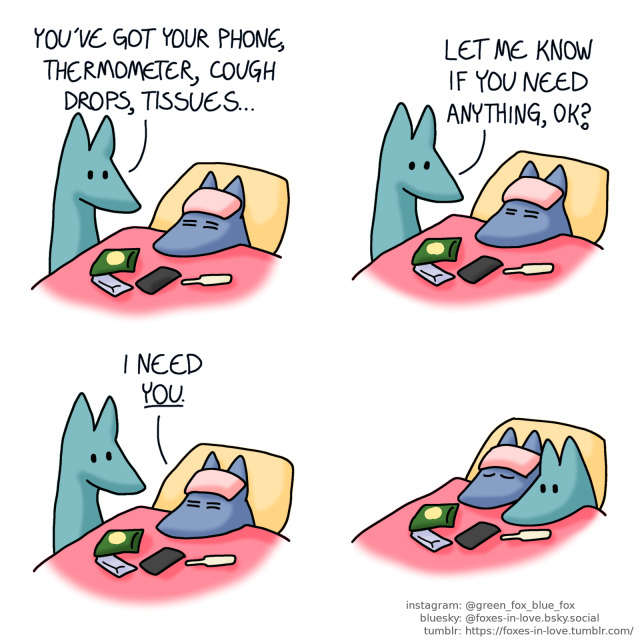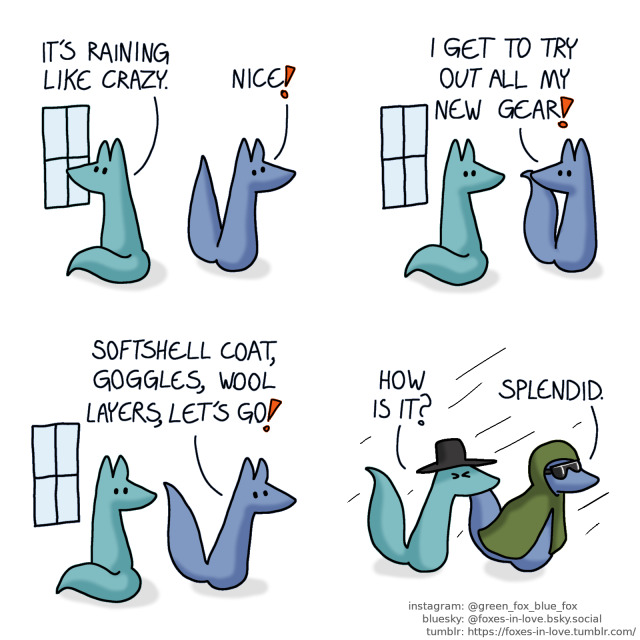In today's installation of Staying Upright, two women – one in her 20s, one in her late 60s — who have, in the midst of pain and uncertainty, found that crochet gives them a stillness, solace and peace.
Sarah Lulu Faith refuses to use conventional terms like sick or ill, when she is feeling unwell. She prefers the term "reduced fabulousness".
When you meet her, as I did recently in Newcastle, you quickly understand – she wears a riot of colours with bright lipstick, has a big, open grin, and the air of someone with an innate capacity to see and emit joy.
When she was in her mid-60s she experienced "severely reduced fabulousness". After decades working in welfare she had been made redundant because of her health, in and out of hospital and then isolated in her home on the mid-north coast of NSW during the pandemic.
In response, she began to crochet, and found she gained a curious strength from it.
"The repetitive, mindful nature of working the stitches, watching the project grow, however haltingly, kept me largely sane. More than sane, it provided comfort, expression and soothed my bruised soul."
Twenty-nine-year-old Maddie Taylor-Harris, who crochets daily, concurs. She taught herself how to stitch when she was a teenager, and in the subsequent years, as she has managed a number of chronic illnesses — including chronic fatigue, chronic pain and neurological problems — crochet has taken a greater importance in her life.
Maddie has not been able to study or work for years, and lives with her parents in Elphinstone in regional Victoria.
During the long lockdown of 2020, her pain and fatigue forced her to give up her jobs and her studies; she was then diagnosed with fibromyalgia. Before long, she needed assistance to shower, was forced to spend days in bed, and received another diagnosis — functional neurological disorder (FND), confirming that her brain pathways were malfunctioning.
She continued to loop stitch after stitch, day after day, making beanies, blankets, stuffed toys, purses, shawls, bookmarks, a dog coat and Christmas decorations, instinctively seeing that moving her fingers was helping her move through her day.
Faith decided her practice was even helping her breath stabilise. Due to a lung condition and brittle asthma, breathing can be a source of huge difficulty for Faith, but she became aware that her "breathing regulated itself with the tempo of the crocheting", which she describes as: "Magic. Really."
Psychologist Sahra O'Doherty recently told the Guardian repetitive tasks make "our heart rate and breathing even out" and lower our blood pressure.
Faith – who has reached the age she now broadly calls "Queenager" — started a "yarners group" for women to talk. And talk they do, about everything and nothing, from trauma to tea, while they knit or crochet.
Crochet is more than craft — research shows its true therapeutic value
Funny isn't it, how long we've adhered to the stereotype of knitters as doddery, sweet grandmothers, as though the activity itself was a sign of ageing, dismissed as useless frippery and distraction – not what it actually is, which is useful and mindful.
While breath experts and "wellness warriors" throng on social media, posing on yoga mats, in ice baths and on headlands, often charging small fortunes to tell people how to fill and empty their lungs, how to learn to be present and focused, the steady click of needles on the couches of Australia might serve as a reminder that knitters have been on to this stuff for a very long time.
A recent research paper titled "Happy Hookers: findings from an international study exploring the effects of crochet on wellbeing" looked at more than 8,000 people (almost all women) in 87 countries, who crochet. It found nine in 10 felt calmer after doing it, while 82 per cent reported feeling happier and 75 per cent felt more useful. Many crocheted to manage mental health and help process "grief, chronic illness and pain".
And Maddie found it too
As Maddie has slowly improved, she can now shower herself, do her own laundry and drive for 15 minutes at a time, as long as she has long spells of rest – lying in bed without screens or books, just closing her eyes and listening to audiobooks– she has found crochet to be a significant aid in managing her condition.
The "flow state" that knitters and crocheters achieve is not about escapism, she says: "Crocheting makes me hyper-aware and engrossed in a task, it enhances my senses.
"It takes me out of my thoughts and sensation of feeling pain and fatigue, and gets my brain to focus on something else in a very soothing and calming way … doing a task that requires half of my attention and focus, helps to put my mind at ease and makes it easier to sit with my pain and emotions.
"I'm not sure how, but I believe that it lowers my pain levels, because when I don't crochet for a week or two, my pain levels increase. It sounds strange, I know. It also means that I can still do it and benefit from it on my bad days."
Maddie finds "the rhythmic motion of moving the hook and holding the yarn very calming and somehow addictive", and it gives her a sense of achievement, "especially on days where I'm mostly in bed or can't go outside. It is satisfying to complete a few rows or another square, even when I'm not able to do much else. I also do a lot less social media scrolling!"
Interest in skills like knitting and crochet have rocketed in recent years, with many more young women, and some men, professing a love of the fibre arts — with COVID exacerbating this trend.
"If you think about mindfulness, [any of those activities] are very meditative, repetitive and calming for people and it's no surprise that knitting, crocheting, quilting all have therapeutic benefits," says Scientia Professor Kaarin Anstey, director of the UNSW Ageing Futures Institute.
Those who knit and crochet have been derided as simply doing “women’s craft” – in other words, instead of being recognised for canniness when it comes to mental health. Knit, purl, cast off pain.
Another study from the University of Gothenburg, published just last month in the Journal of Occupational Science, found knitting brings calm and structure to people suffering mental illness.
Researchers analysed 600 posts collected from the international online fibre arts forum Ravelry and found knitting helps people unwind, gives them an identity and social network, and helps structure their days. Some found their mind cleared and thinking became easier whilst knitting. Some of the comments cited include:
"The nurses were wanting to give me [an anti-anxiety medication] until I told them that I preferred knitting for the anxiety. She stopped, looked at me, and said, 'That's much healthier than drugs.' Ya think?"
"When my parents convinced me to go to the walk-in centre at the hospital, I was knitting while I sat crying next to my mother in the waiting room. I carried on knitting all the way through the entire hour … I've now adjusted my medication but knitting is still my best tool for reducing stress."
"While my hands are busy doing something, my mind slows to a crawl, and I am actually able to think about one thing at a time … rather than having 20-30 threads all going at once."
But Maddie expresses it best. For her, the quiet practice of crocheting – her form of mindfulness — has heightened her connection to nature.
"I have become a deep observer of my natural surroundings. For example, I no longer see just a tree, I see the subtleties of the light through the branches, the wind in its leaves, its twisted branches, a bird on its branch. At the moment, I'm enjoying the subtle, soft and yellow autumn light, something van Gogh spoke about a lot."
Because of her illness, she can't get out much, she says, "but I don't have to leave my house or property to experience a wonder and deep connection to nature.
"I love observing natural beauty and accepting that it isn't perfect but is still beautiful anyway. I am able to sit and just be. This gives me joy and it is special to connected to something bigger.
"It was only when reading about the crochet research, that I was able to connect the dots and the reason for this enhanced connection to nature. I am very grateful for this."
This is part of a regular series called Staying Upright, where I explore how humans manage to persist, despite everything. Feel free to contact me here.
Posted , updated

